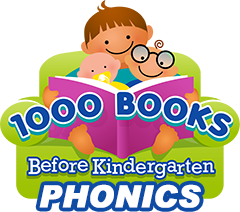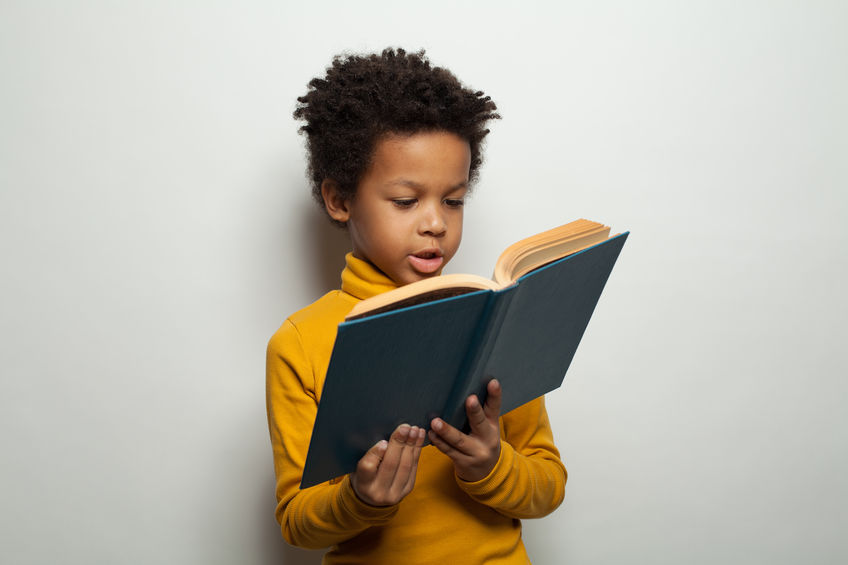In the late 1990s, Congress formed the National Institute of Child Health and Human Development (NICHD) to determine the most effective teaching methods to teach children how to read. The NICHD found and confirmed what many teachers, parents, and the 1000 Books Foundation had already believed. That is, specific instruction in the major parts of reading –phonemic awareness, phonics, fluency, practice, vocabulary, and comprehension– is the best way to teach most children how to read. Those findings on reading instruction are still very relevant today and have long formed the basis of the 1000 Books Before Kindergarten Phonics program.
Phonics at its core is a method of teaching reading by correlating sounds with letters or groups of letters. As children learn letter patterns, they quickly become able to decode even the hardest words. The good news is that the English languages contains just 44 unique sounds. In our comprehensive phonics program, we have broken down the 44 unique sounds into manageable “steps.” Research has shown that practicing these steps is a very effective way to teach your child how to read. The step / milestone approach gives you and your child a great sense of satisfaction when a step / milestone is completed. It also provides you with a roadmap for success. Think about the last time you were on a road trip with your family. You likely shared with them the number of miles left to travel and the amount of time that it would take to travel the miles. You also likely shared road markers or sites along the way.
As you are aware, the NICHD and several academics have long concluded that “reading aloud” is the best way for parents and caregivers to prepare a child to learn to read. The 1000 Books Before Kindergarten Phonics program complements the 1000 Books Before Kindergarten early literacy challenge by providing a manageable 15-step process to reading. The 1000 Books Before Kindergarten Phonics program utilizes a blended phonics approach to teach children how to read. Although we introduce some technical terms like blends, digraphs, and graphemes; the names of these technical terms is not important. What is important is understanding the sounds behind the letter patterns and daily practice. The technical terms are merely used as an organizational framework to establish and introduce the 44 unique sounds of the English language.
The 1000 Books Before Kindergarten Phonics program encompasses the best approaches to reading instructions as set forth by the NICHD including the following:
- Explicit instruction in phonemic awareness
- Systematic phonics instruction
- Methods to improve fluency
- Ways to enhance comprehension
Your child can complete the journey to reading through the 1000 Books Before Kindergarten Phonics Course.

